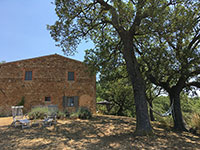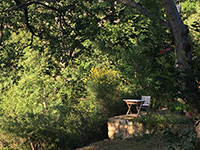Beekeeping - A brief history |
The countryside of the Tuscan Maremma is one of the most beautiful settings that nature can offer. There is a rich heritage of beekeeping and honey production.
|
 |
 |
|||
| A swarm about to land | A swarm attached to a branch
|
Bee collecting pollen
|
||
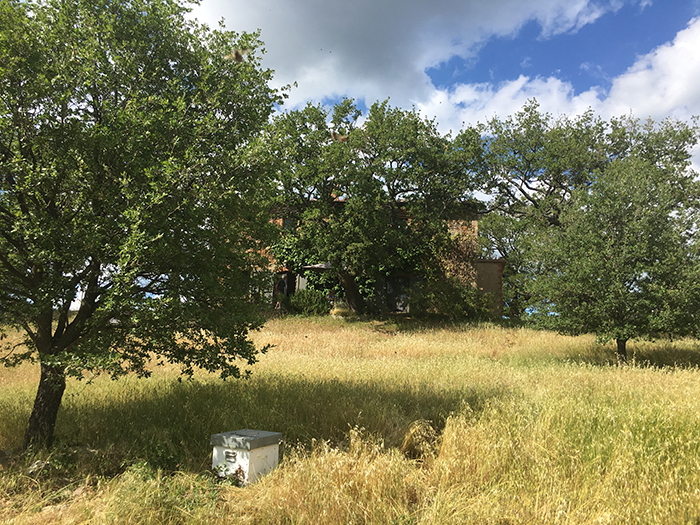 |
||||
The first hive at Podere Santa Pia
|
||||
 |
 |
 |
||
Queen bee (center)
|
Worker bee | Larger drones compared to smaller workers
|
||
|
||||
Podere Santa Pia |
Colline sotto Podere Santa Pia |
|||
 |
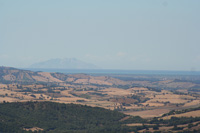 |
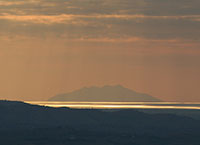 |
||
|
||||
Mappa Podere Santa Pia | Ingrandire mappa
|
||||
| Questo articolo è basato sull' articolo Beekeeping dell' enciclopedia Wikipedia ed è rilasciato sotto i termini della GNU Free Documentation License. | ||||

